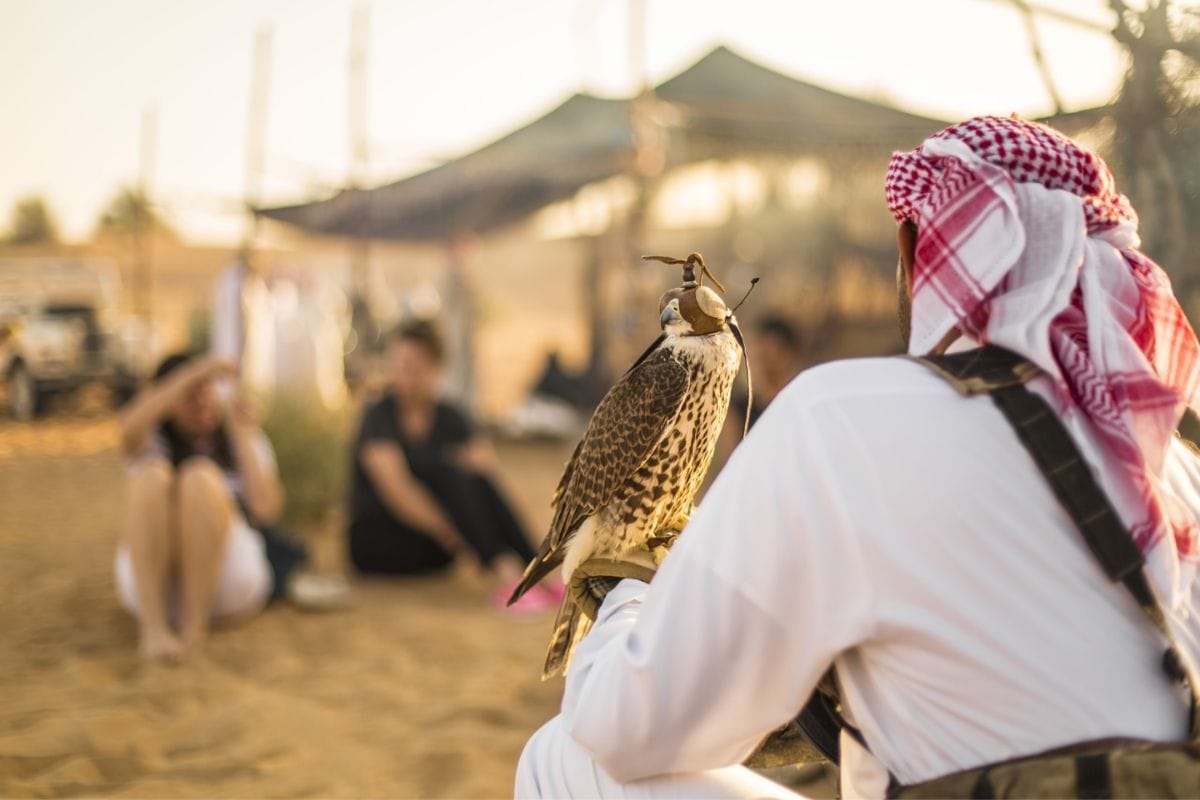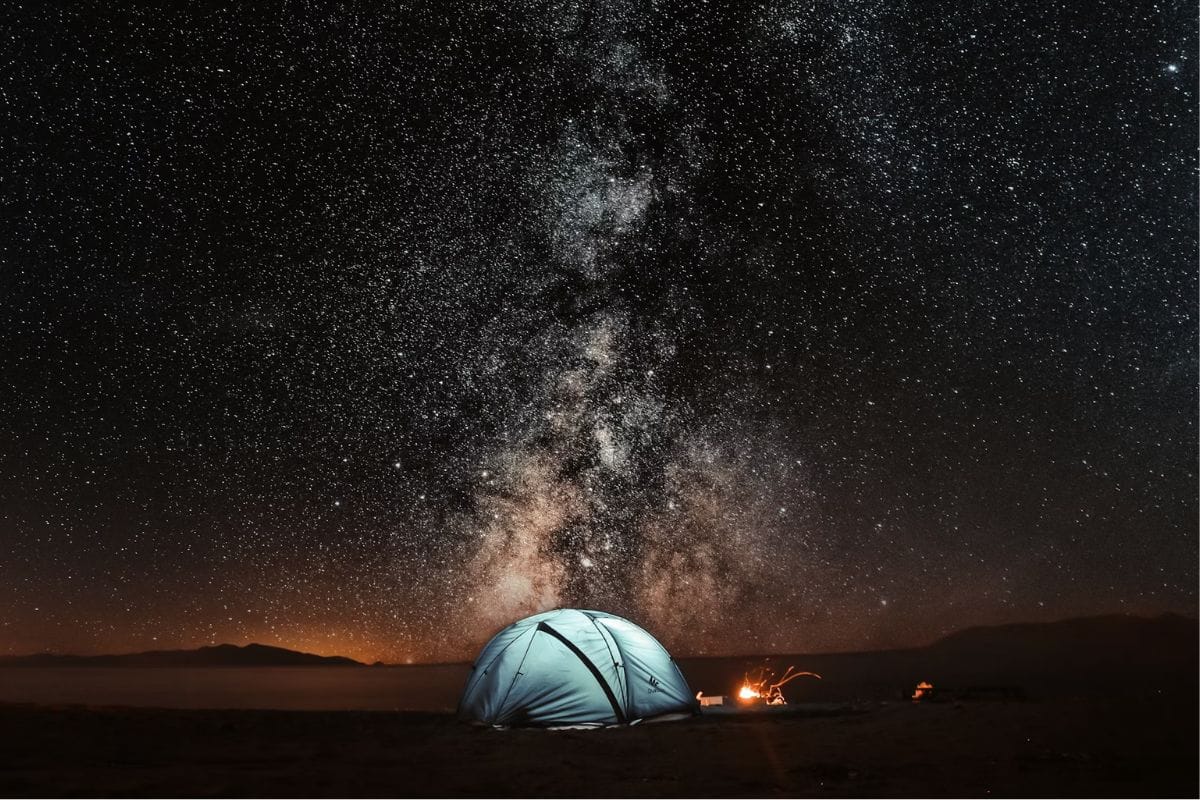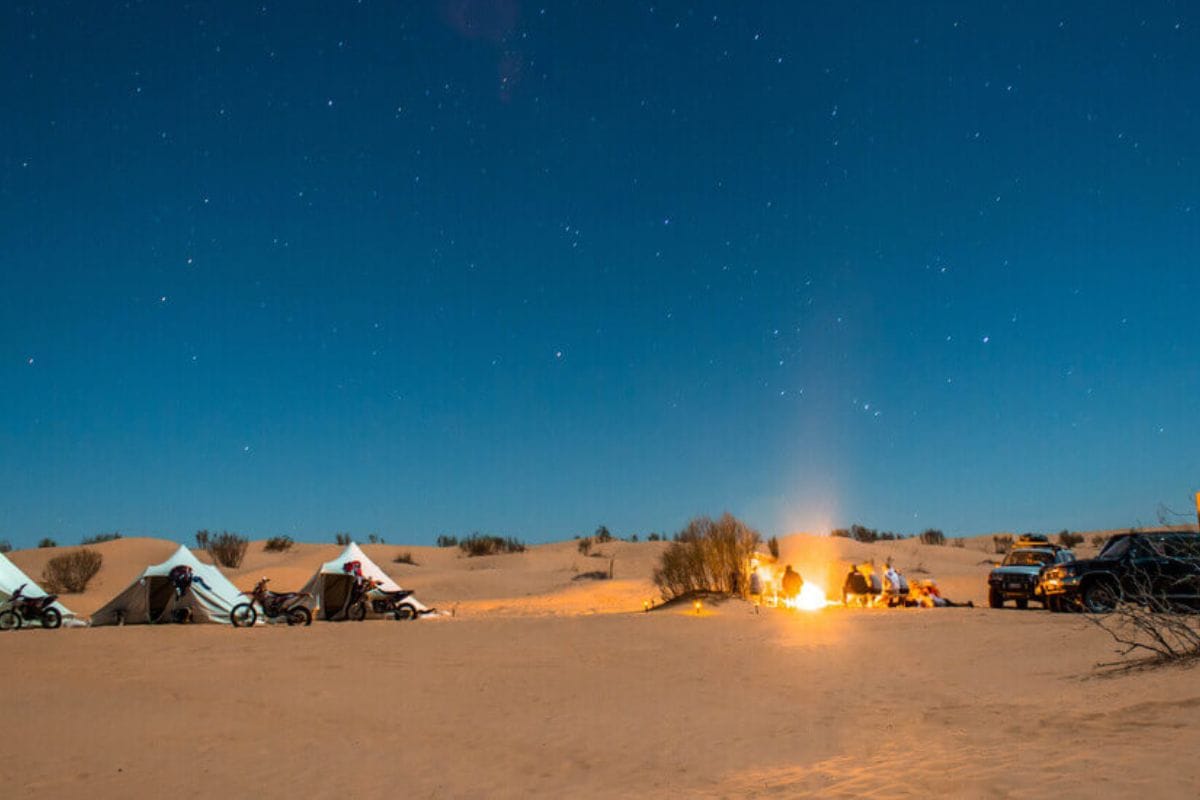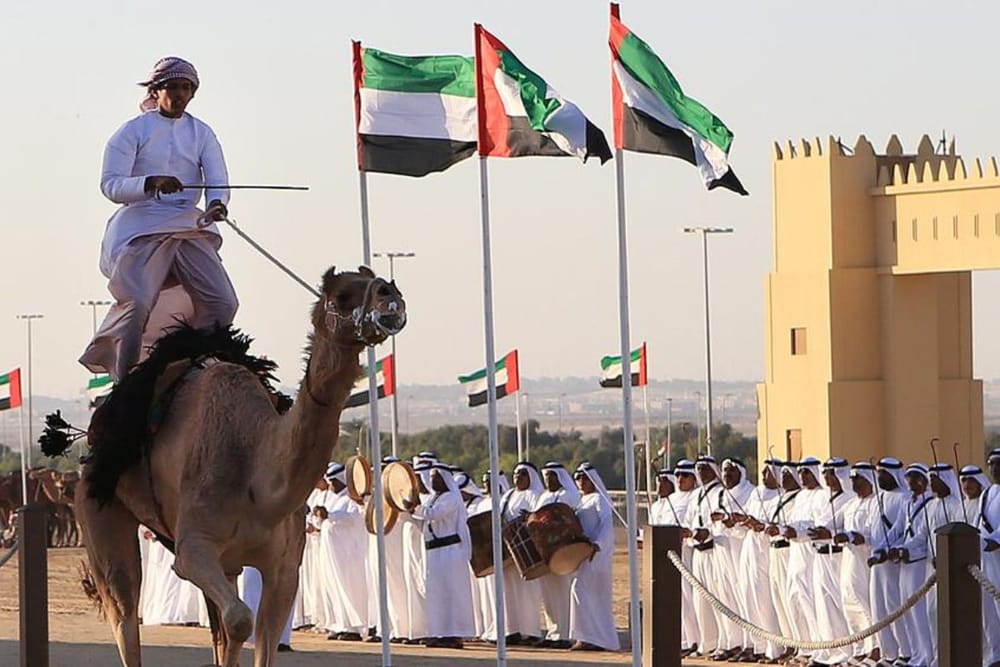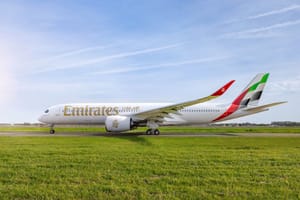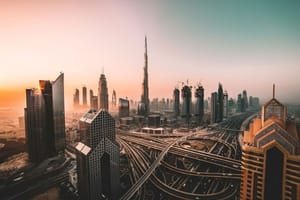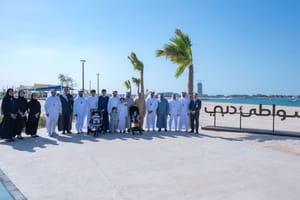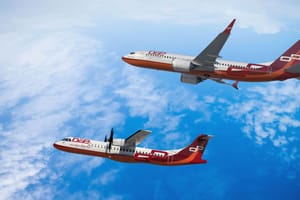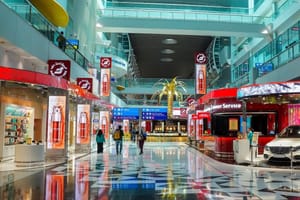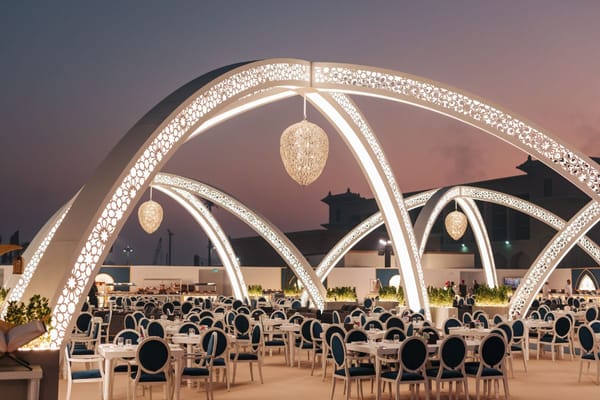There's no doubt that the Middle East is one of the hottest regions in the world. The UAE is no stranger to hot weather, with temperatures reaching a scorching 50 degrees Celcius during the summer. In such extreme conditions, it's hard to imagine how an animal can survive. Sure, we have our air conditioning and cooling systems to help us out, but what about the wildlife?
Surprisingly, a lot of animals have already adapted to these harsh conditions. But, among all of them remains one animal that never needed to adapt in the first place: the camel. These creatures are perfectly suited to survive and endure the desert climate. With humps that store fat, thick skin, and a unique ability to conserve water, camels walk through the desert like it's a simple walk in the park.
History of Camels in the Arab World


Camels in Egypt and Qatar
Centuries ago, when the Middle East was just a land of dunes, life was tough in the desert. The Arabs would rely on falcons for hunting, goats for their milk, and sheep for their wool. But camels, who are nicknamed the 'ships of the desert', became essential in the region. Way before Teslas and Ferraris roamed the streets, camels were the ultimate mode of transportation in the area. From the Great Pyramids in North Africa to the dusty Dubai deserts, camels have played a vital role in shaping the MENA region that we know and love today. Thanks to their incredible endurance, adaptability, and resilience, camels continue to be an important part of Middle Eastern culture, providing a vital source of nutrition, transportation, and companionship to this day.
Significance in Emirati Culture
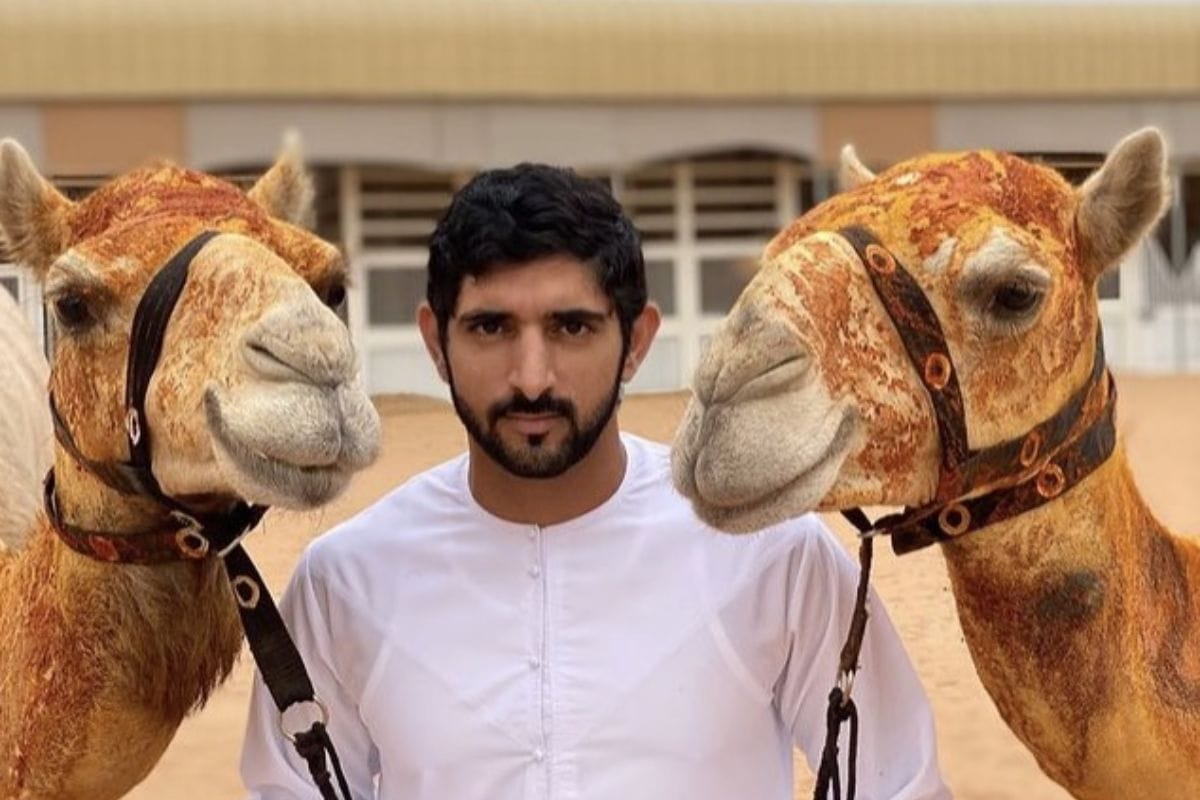

Camels have been at the center of UAE living for decades, and have become a symbol of the country's heritage. In fact, Crown Prince His Highness Sheikh Hamdan bin Mohamed Al Maktoum is very fond of the humped animals, often seen at camel races, and showing his love for the hoofed mammals on his social media.
The animals have multiple useful and important qualities that make them stand out as the pillar of Emirati culture. Some of these include:
Food Source


Back in the day, camels were one of the main sources of food for Bedouins. Today, camel meat is a traditional Emirati delicacy and is still enjoyed by many in the region. Camel milk is also highly valued in the country and is considered very nutritious, using it to make coffee and chocolate.
Transportation
Riding camels has been a huge part of Emirati culture since way before it was even the UAE. With their strong endurance to the desert climate and ability to go weeks without food and water, camels have been essential in transportation and survival around the dunes.
Wool


Camel's wool is known to be one of the most popular fabrics in the Emirates. Used to make jackets, coats, and even carpets, camel wool has helped the bedouins survive the region's winter. Not only that but in the olden times, camel wool was used by the Emiratis to craft tents that provided shelter from the desert's harsh conditions. When mixed with some dye and a little bit of arts and crafts, camel wool can become a colorful expression of Emirati culture.
Wealth Symbol
Mo' Camels, Mo' Money! For years, camels have been used as a status and wealth symbol and even as a type of currency; your wealth and money are directly proportional to how many camels you own. Back in the day, camels were used to pay the mandatory annual charity fee, also known as zakat, and even a bride's dowry!
Entertainment
For centuries, camels have been an integral part of the Bedouin tribes' culture and entertainment. One of their favorite pastimes has been to hold camel beauty contests. This contest started in 1993 and has since grown into a significant annual event. During these contests, a panel of judges evaluates each camel based on various criteria, including posture, coat quality, and overall appearance.
In addition to beauty contests, they also host camel racing contests, pitting the animals against each other to determine who is the fastest and most resilient among them.
Camel Racing in Dubai

While they come across as slow animals, camels can actually run at speeds up to 65km per hour, making camel racing a thrilling and exhilarating experience for both the riders and spectators. And though it's considered an ancient sport, camel racing is still thriving in the modern-day. The sport has evolved over the years, and today, there are over 15 camel racetracks in the country that boast state-of-the-art facilities to ensure safety and entertainment. One of the largest and most popular racetracks for camel racing is located at the Dubai Camel Racing Club.
Here's your complete guide to the Dubai Camel Racing Club!
Location

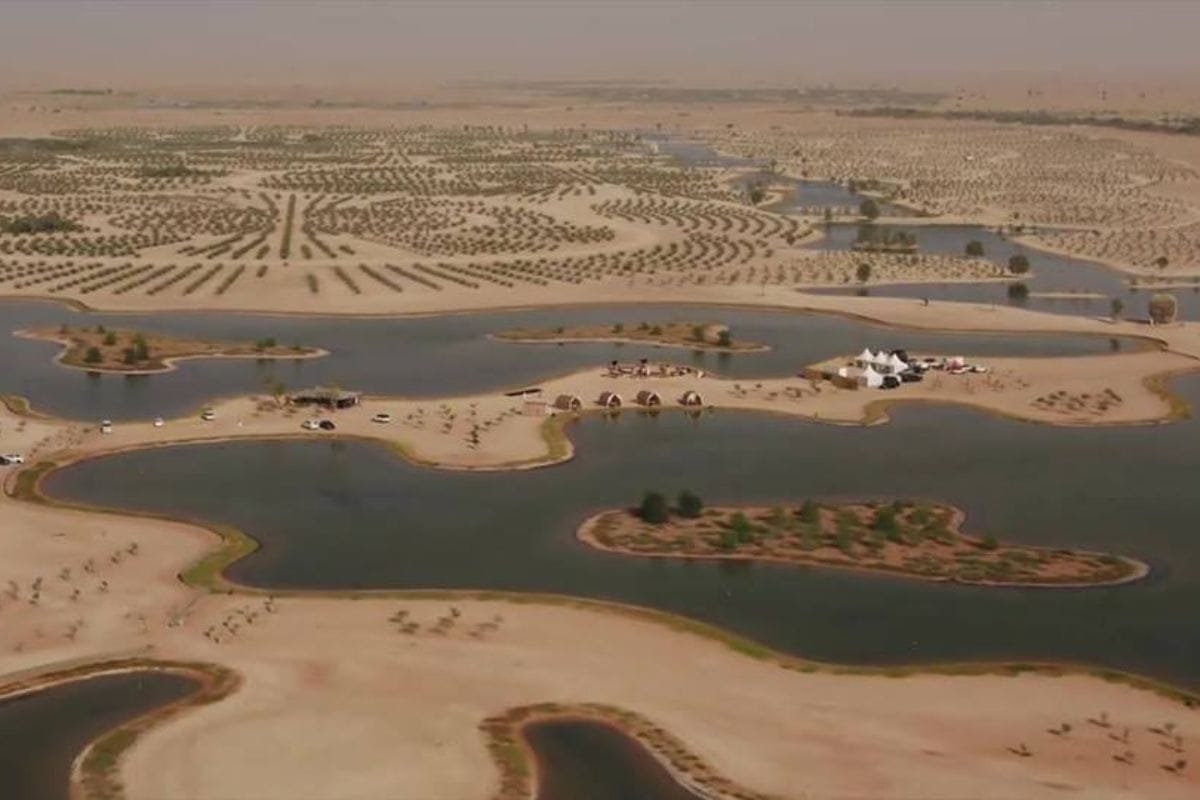
The Dubai Camel Racing Club is located in the Marmoom Desert Reserve. Taking up over 10 percent of Dubai's total area, Al Marmoom Reserve is the largest nature reserve in the entire country. The 40+ hectare land is home to over 158 species and various lakes, even having the largest population of Arabian oryx and flamingoes in the UAE. Al Marmoom Reserve also holds the region's largest renewable energy project: the Mohammed Bin Rashed Solar Park. So, while the Dubai Camel Racing Club may be the main attraction, visitors are also treated to the breathtaking natural beauty of the reserve.
The Venue
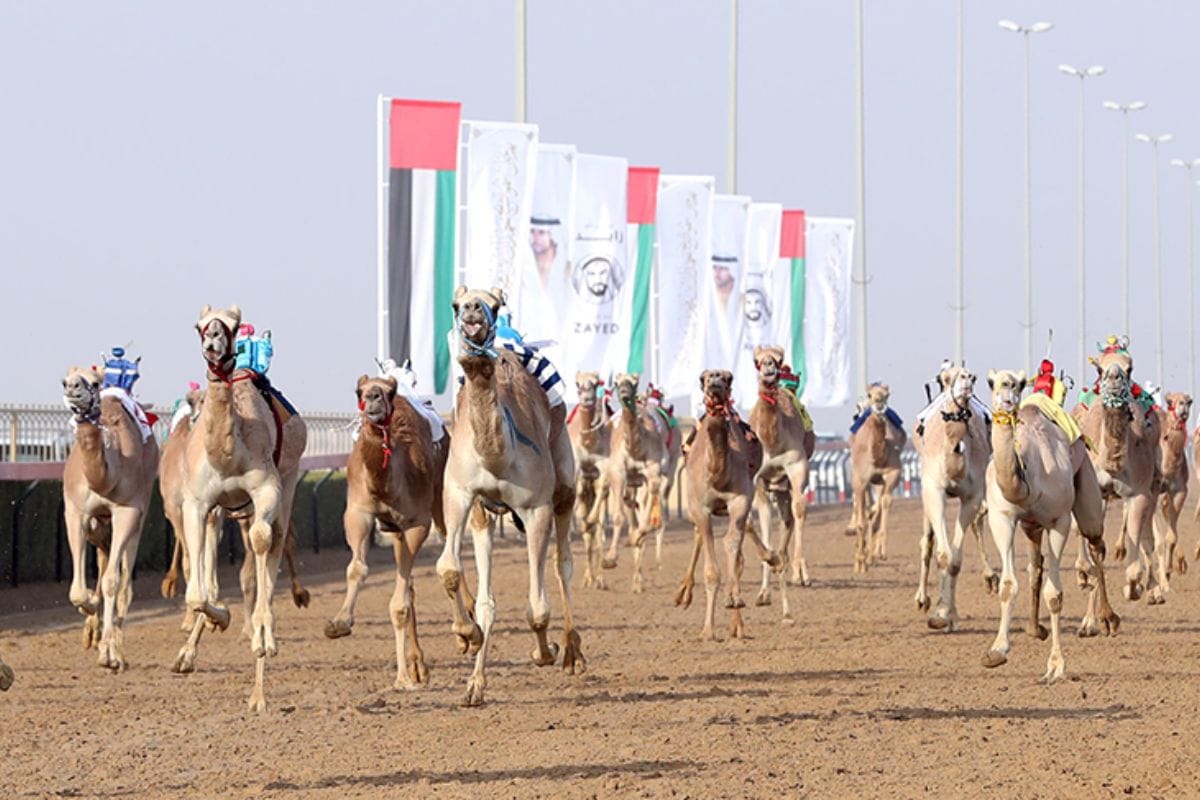
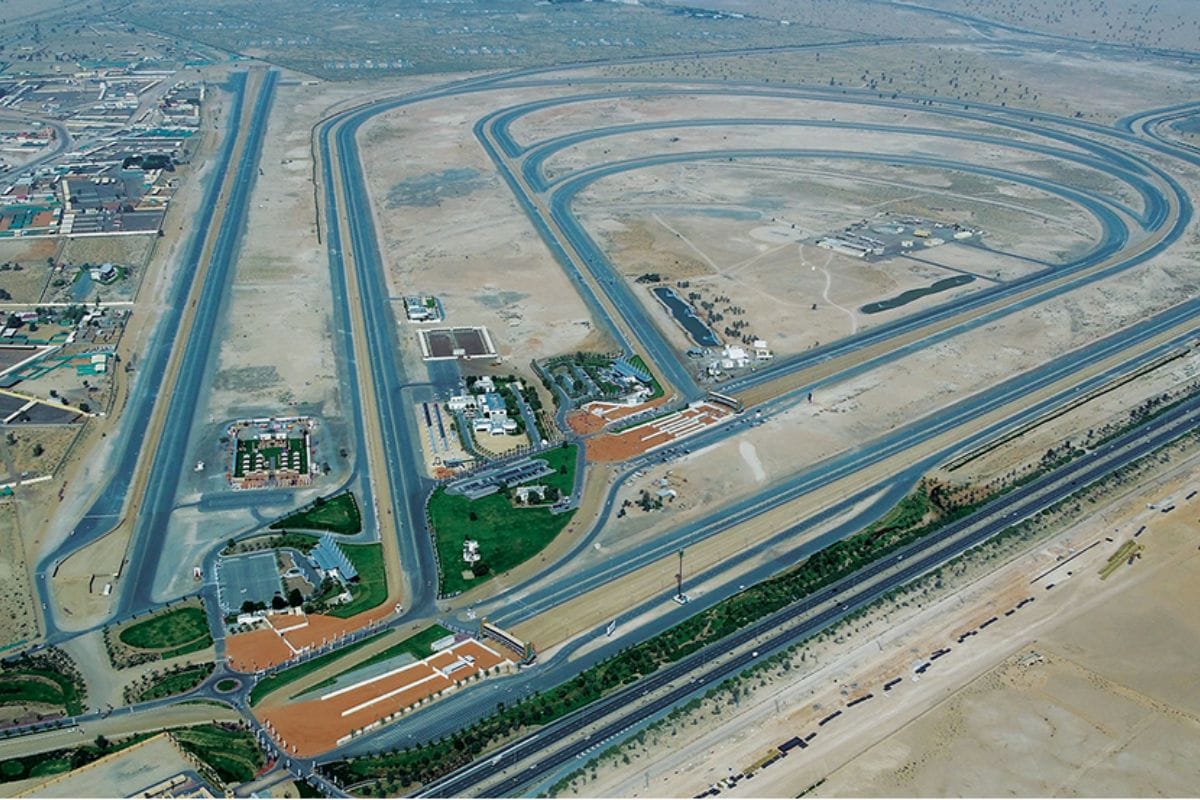
Since the Marmoom Reserve holds so much of the city's land, there's no doubt that the camel racetrack is long; the racetrack is actually one of the largest of its kind in the city. The venue holds multiple race courses, from a simple 3km track to a whole 15km.
Right next to the tracks, you can find a camel hospital and a camel lab. Obviously, the hospital treats the sick or injured camels, while the lab carries out the procedures for diagnosis and treatment.
Visitors can enjoy a complete 360 view of their favorite camel during the race, with thousands of seats to choose from, just make sure to drop in on time before the seats fill up, and don't forget your binoculars for a better view! Even better, the early birds get to meet the camels and snap pics with them before they hit the racetrack.
Robot Jockeys
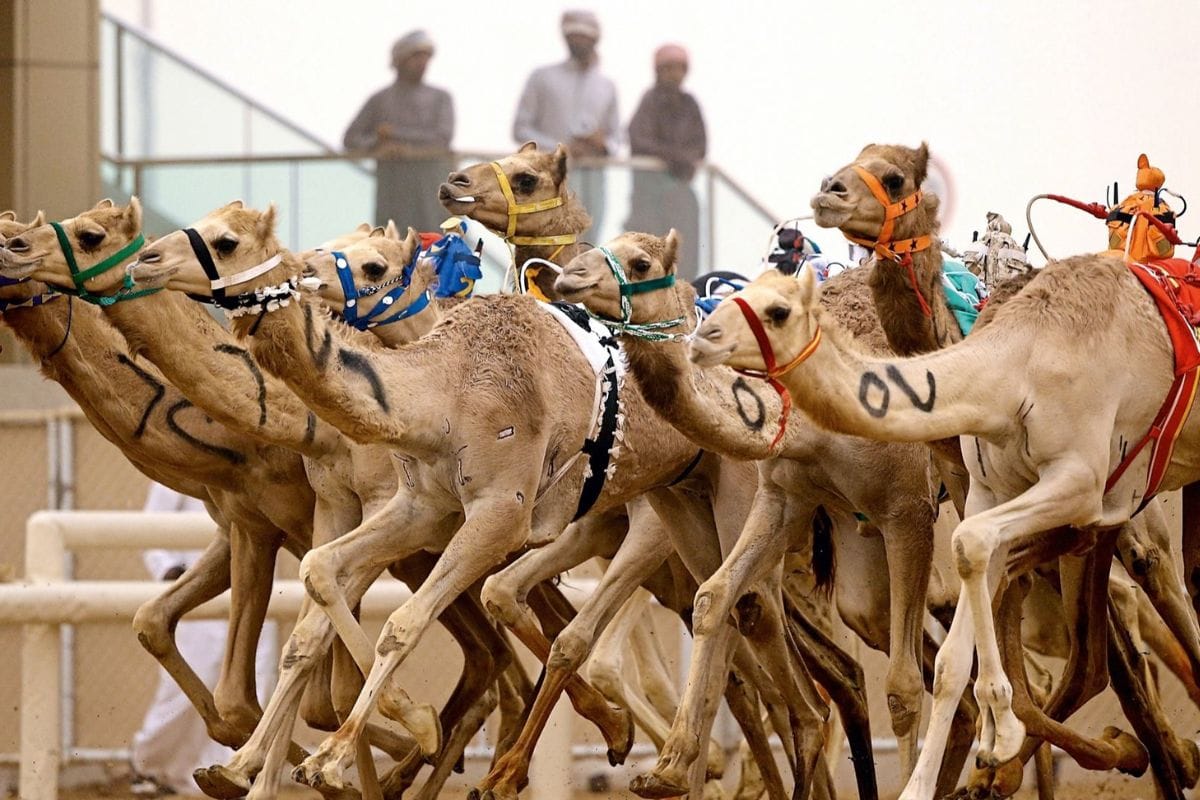

Since 2002, the UAE has outlawed any child jockeys, which was a common and dangerous practice in the animal-racing industry. Instead, they offered an alternative: robots!
The use of these robots not only benefit the camels but also the trainers. Of course, it's much harder to win a race with an entire person sitting on your back. So, these robot jockeys are designed to be lightweight and agile, allowing the camels to reach their maximum speed without any added burden.
The robot jockeys also allow trainers to train their camel remotely, away from any kind of danger. During the thrilling race, trainers usually follow their companions on a side road with their SUVs, making sure everything is a-okay.
The jockeys have certainly evolved since their inception over twenty years ago. Today, the robots not only serve as lightweight riders, but they now have built-in characteristics like a GPS, a heart monitor, and even a walkie-talkie for the trainers to talk and give orders to the camels.
Events
Throughout the year, the DCRC hosts countless events for camel racing. The venue's scheduled events this month are:
February 9, 2024 - Annual Hagagh Race for Tribesmen
February 10, 2024 - Laqaiya Race for Tribsemen | Laqaiya Race for Their Highnesses The Sheikhs
February 11, 2024 - Jatha'a Race for Tribesmen | Jatha'a Race for Their Highnesses The Sheikhs
February 17, 2024 - Thanaiya Race for Tribesmen | Thanaiya Race for Their Highnesses The Sheikhs
February 18, 2024 - Haul & Zumool Race for Tribesmen | Haul & Zumool Race for Their Highnesses The Sheikhs
Contact
If you need more information from the source itself, all the contact information for DCRC is here!
- Phone Number: 04-718-8888
- Email: info@dcrc.ae
Also Read:
